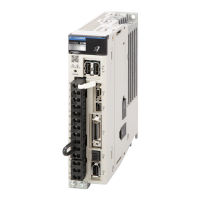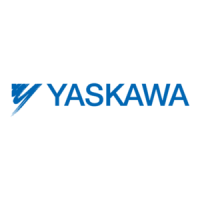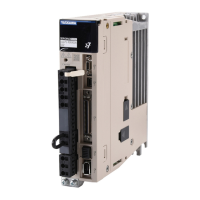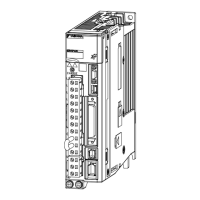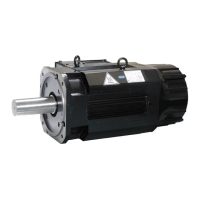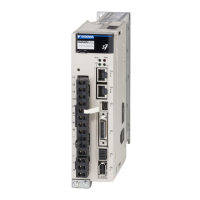Application Functions Page: 6 6.1 I;O Signal Allocations Details how to allocate input and output signals to connector pins, including default settings and parameters.
6.3 SEMI F47 Function Describes the SEMI F47 function for detecting undervoltage and limiting output current to prevent overheating.
6.5 Speed Control Covers basic settings for speed control using analog voltage references or internal set speeds.
6.6 Position Control Details how to input pulse train references for target position control and manage speed with pulse frequency.
6.7 Torque Control Explains how to perform torque control by inputting an analog voltage reference to the SERVOPACK.
6.11 Selecting Torque Limits Details methods to limit the output torque of the Servomotor using parameters, input signals, or analog references.
6.12 Absolute Encoders Explains how absolute encoders record current position without power and how to connect and read their data.
6.13 Absolute Linear Encoders Covers connecting absolute linear encoders and reading their position data, including structure and transmission specifications.
6.14 Software Reset Describes how to reset the SERVOPACK internally using software for parameter changes or alarm clearing.
Tuning Page: 8 8.2 Monitoring Methods Explains how to use data tracing and analog monitor signals for monitoring machine operation status and SERVOPACK waveforms.
8.4 Tuning-less Function Describes the tuning-less function for automatic adjustment of servo gains to achieve stable operation.
8.8 Custom Tuning Explains how to manually adjust servo gains for fine-tuning, prioritizing stability or response.
8.10 Vibration Suppression Explains how to suppress transient vibration at low frequencies where notch filters and anti-resonance control are ineffective.
8.13 Manual Tuning Explains how to manually tune servo gains for optimizing response characteristics, including torque reference filter and notch filters.
8.14 Diagnostic Tools Introduces tools for measuring machine frequency characteristics, such as mechanical analysis and Easy FFT.
